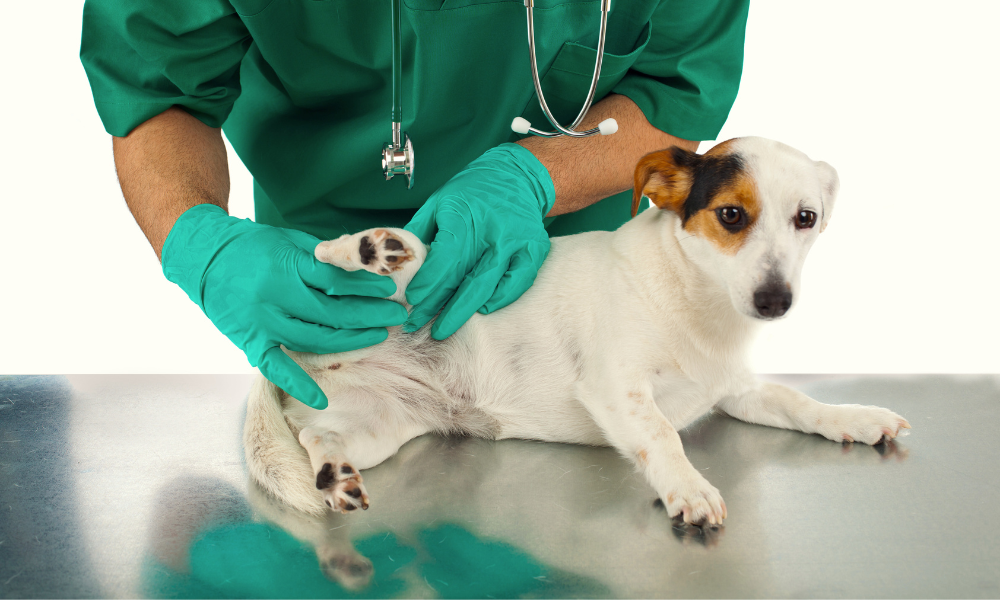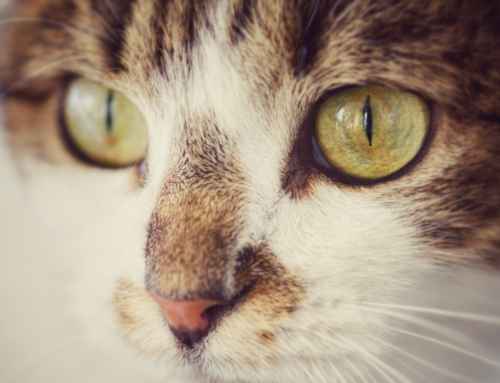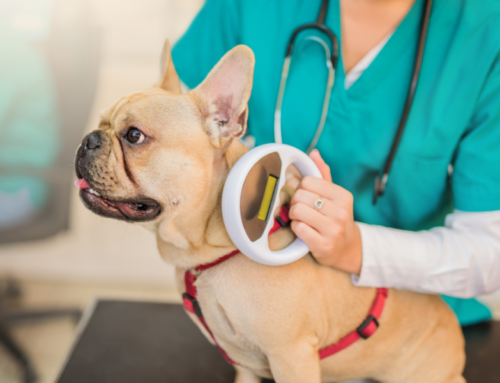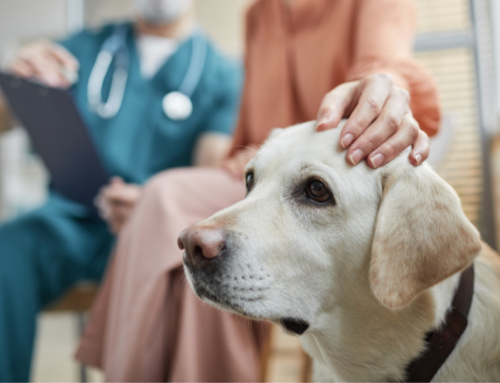Hip Dysplasia: two scary words that can mean the difference between a healthy pup and an uncomfortable doggo. For such a common disease (with some breeds having as high as a 70% risk!), knowing how to prevent or manage hip dysplasia is essential for all pet owners. Our Pine Valley goal is to keep all pets in our care happy and healthy with their tails wagging— and that starts with bringing awareness to these widespread but not necessarily well-known conditions. What is hip dysplasia, what symptoms will your furbaby show, and what can you and our Pine Valley team do to help?
What is Canine Hip Dysplasia?
Hip dysplasia is a skeletal condition, seen most commonly in larger dogs, but it can affect all breeds and sizes. Unlike other bone and hip diseases that affect older doggos, hip dysplasia starts young and develops as your lively puppy grows. The canine hip joint functions as a ball and socket, and when working properly, it’s a perfectly snug fit. The ball (the top of the thigh bone) and the socket (part of the pelvis) glide smoothly, letting your dog leap, run, and zoomie to their heart’s content. But when hip dysplasia occurs, the ball and socket are like mismatched puzzle pieces, not fitting or developing properly. This causes the ball and socket to grind against each other, leading to discomfort, wear and tear, and ultimately, an unhappy pup.
Spotting the Signs: Is Your Dog Telling You Something?
Although your furry friend cannot outright say, “Hey, my hips hurt!”, they have their ways of sending signals to let you know they’re in pain. Be on the lookout for these subtle signs:
- Difficulty Rising: Is your dog taking a bit longer to get up after a snooze? If so, it might not just be a case of the Mondays; They could be alerting you they are having trouble getting on their feet.
- Hesitation: Pausing before movement (such as descending the stairs or jumping for a treat) could be a sign your pup is struggling with hip pain, especially if they used to do these activities with ease.
- “Bunny Hopping”: If you notice your dog uses both hind legs together when they run, don’t let the cuteness of their movement distract you. “Bunny hopping” could be a huge clue that your pup is dealing with discomfort.
- Less Activity: If your usually energetic furbaby seems more interested in napping than playing, it’s worth noting.
- Muscle Loss in Hind Legs: Lack of activity leads to a decrease in muscle mass. If your dog’s legs are looking less buff, it might be a sign they are having difficulty exercising.
Giving Your Pet The Care They Need
If you think your pet may be suffering from hip dysplasia, don’t fret but don’t delay their care. There are several methods you can use to help manage the condition and keep your furbaby living their best life!
At home, a few daily practices can make all the difference in making your pup more comfortable in their everyday:
- Weight Management: Keeping your dog at a healthy weight helps reduce any excess strain on their hips.
- Exercise: Gentle exercise can help maintain joint mobility and muscle strength, but, remember, gentle is the key. Think more leisurely walks, and less Olympic sprinting.
- Physical Therapy: Regular physical therapy can greatly improve your furbaby’s comfort and mobility.
For more severe cases, our Pine Valley team can advise on the best form of care for your pup:
- Pain Management: From anti-inflammatories to supplements like glucosamine, we offer a variety of medications to help ease their discomfort.
- Surgery: Depending on the severity, we may recommend surgical options, ranging from corrective surgery to total hip replacement. But don’t worry, our team will be here, guiding you and your furbaby through every step of the way.
At Pine Valley Animal Hospital, we know sharing information and bringing to light these common diseases paves the way to a happier life for your furbaby. Hip dysplasia may sound nerve-wracking, but with the right care and early intervention, your sweet doggo can continue to live a full and joyous life. If you suspect your canine companion might be showing signs of hip dysplasia, don’t hesitate to give us a call. We’re here to help with open arms and plenty of treats!
Remember, every dog has its day, and with the right care, your furry friend will have plenty of good days ahead. Keeping your pet’s happy and healthy is the Pine Valley way!






